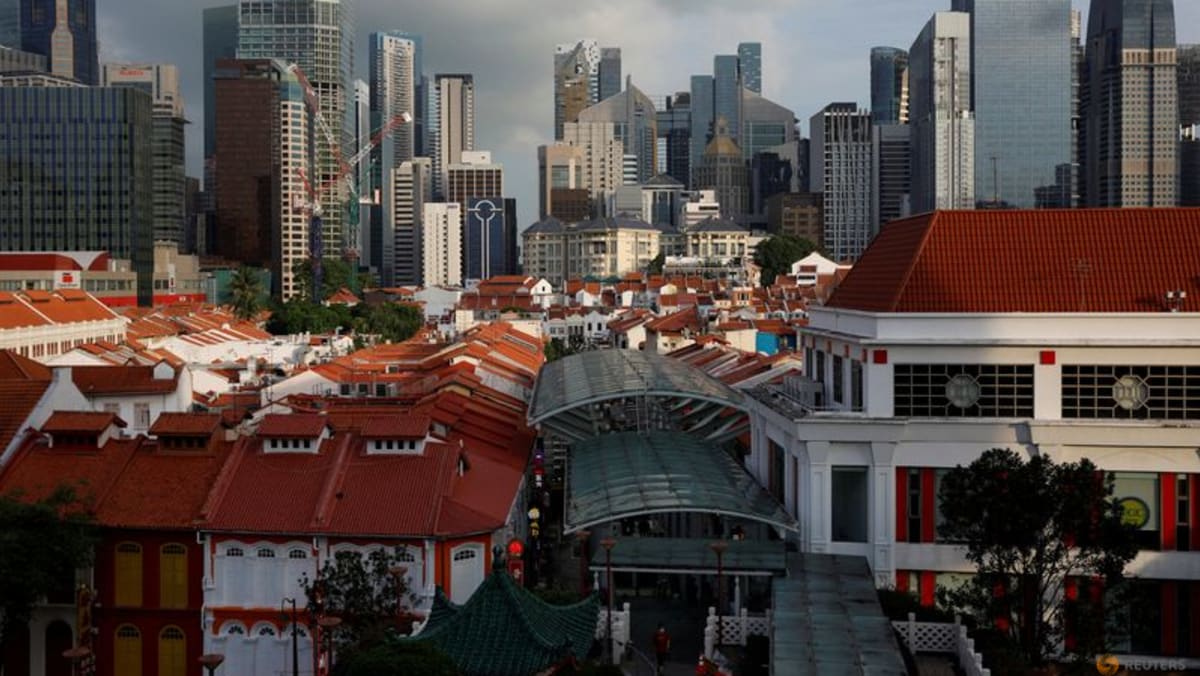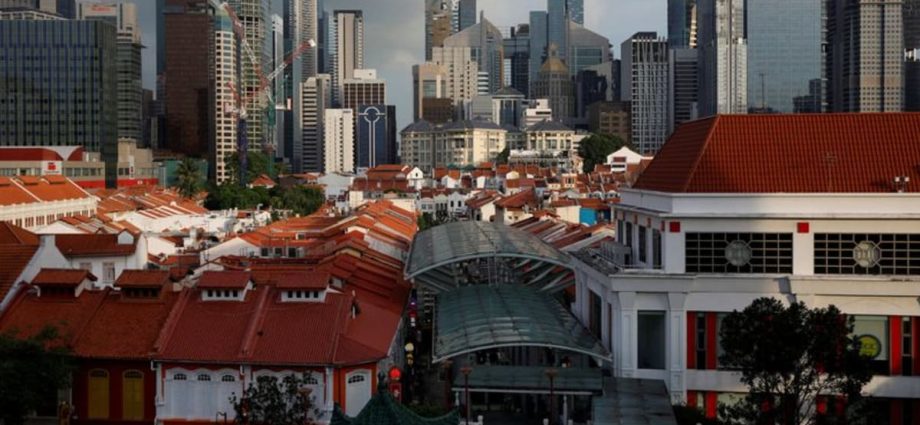
SINGAPORE: Singapore’s core inflation fell to 5 per cent year-on-year in March, the first time it has slowed since October last year.
The moderation in core inflation from 5.5 per cent in February and January – the highest in 14 years – was driven by smaller increases in services, food, retail and other goods, said the Monetary Authority of Singapore (MAS) and the Ministry of Trade and Industry (MTI).
Core inflation excludes accommodation and private transport costs.
The 5 per cent figure in March is slightly lower than the 5.1 per cent a Reuters poll of economists had forecast.
Overall inflation came in at 5.5 per cent year-on-year in March, lower than the 6.3 per cent recorded the month before.
This was mainly driven by lower private transport inflation.
FOOD, RETAIL INFLATION DOWN
In March, food inflation eased slightly to 7.7 per cent year-on-year, from 8.1 per cent in February.
This was due to smaller increases in the prices of prepared meals and non-cooked food prices, said MAS and MTI.
Services inflation, which fell to 3.4 per cent from 3.9 per cent, moderated on the back of lower point-to-point transport fares.
Inflation for retail and other goods also dipped to 3.3 per cent from 3.8 per cent as the prices of personal care products and household durables rose at a slower pace.
Inflation for accommodation eased slightly to 4.8 per cent from 4.9 per cent as the pace of increase in housing rents moderated.
Private transport inflation slowed from 12.1 per cent to 8.6 per cent due to a smaller increase in car prices and a steeper decline in petrol prices.
Electricity and gas inflation rose slightly to 12.2 per cent from 12.1 per cent, picking up on the back of a larger increase in electricity costs.
“RISKS REMAIN”
In a note on the economic outlook, MAS and MTI said: “Global supply chain frictions have eased, and consumer goods inflation in the advanced economies has moderated.
“Energy and food commodity prices have fallen below their peaks seen last year. As a result, Singapore’s import prices have declined on year-on-year terms,” the authorities added.
However, both MAS and MTI noted overall core inflation was still high.
On the domestic front, unit labour costs are expected to increase further in the near term; and businesses could continue to pass through accumulated such costs to consumer prices albeit at a more moderate pace.
Meanwhile, car and accommodation cost increases are likely to stay firm in the quarters ahead, on the back of tight Certificate of Entitlement (COE) quotas for cars and strong demand for rental housing, said MAS and MTI.
For 2023 as a whole, headline and core inflation are projected to average 5.5 to 6.5 per cent and 3.5 to 4.5 per cent, respectively.
Excluding the transitory effects of the 1 percentage point increase in the Goods and Services Tax to 8 per cent, headline and core inflation are expected to come in at 4.5 to 5.5 per cent and 2.5 to 3.5 per cent, respectively.
“Upside risks remain, including from fresh shocks to global commodity prices and more persistent-than-expected tightness in the domestic labour market,” said MAS and MTI.
“At the same time, there are also downside risks such as a sharper-than-projected downturn in the advanced economies which could induce a general easing of inflationary pressures.”

